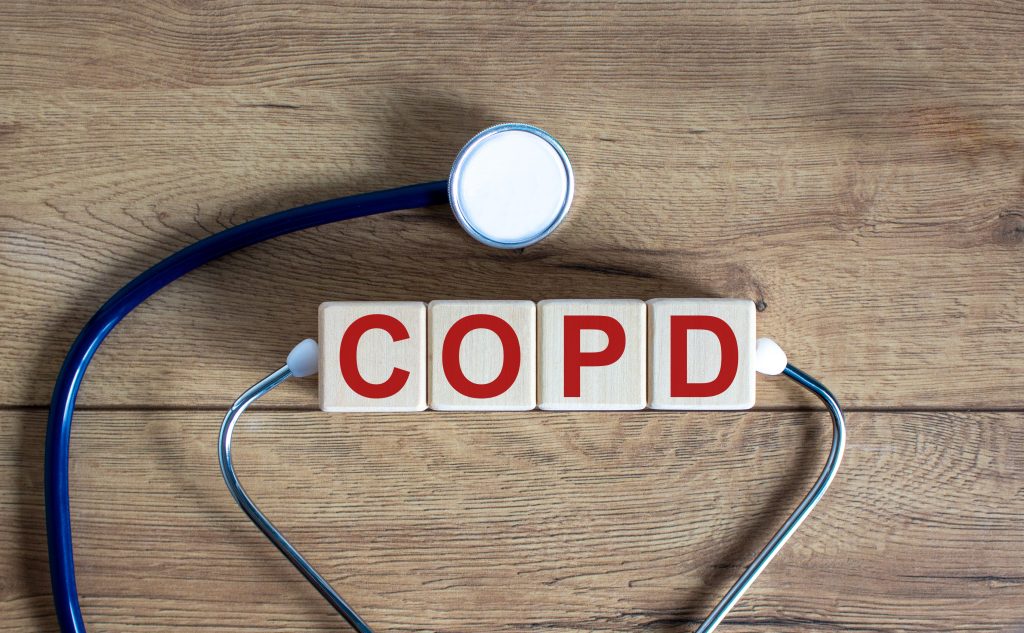New Initiatives for Pain Management Discrepancies in COPD Guidelines

In Part 1, Dr. Brockway explains how, through optimizing pain management strategies, physicians can better support patients with COPD in their journey towards improved health. ...

In Part 1, Dr. Brockway explains how, through optimizing pain management strategies, physicians can better support patients with COPD in their journey towards improved health. ...

The top curated articles, handpicked by our editors to deliver the most compelling and valuable content.
Regularly asking about risk factors for tuberculosis, such as birthplace and travel history, may improve testing of those at high risk for latent infection. “In the U...
With a projected increase in cases of age-related macular degeneration, prompt diagnosis and treatment are needed to mitigate vision loss and societal burdens. “...
Researchers investigated the potential link between eGFR slope and diabetes complications such as mortality, kidney disease, and cardiovascular events. Variability in e...
Many mothers regularly engage in unsafe sleep practices with their infants, despite being aware of the American Academy of Pediatrics safe sleep guidelines. “Over the...
Your trusted source for expert medical insights and information, authored by dedicated physicians and other healthcare professionals.
In a hospital basement, surgical robot J4K is awakened when lightning disrupts its update. It then embarks on a mission, searching for patients in need.
Even though physicians who conduct limited examinations may only be brought in for their expertise, they retain liability for malpractice or personal injury. Every doct...
The right financial advisor can help physicians by answering questions including which accounts are the right fit or what insurance is appropriate. Money management is ...
Condition Spotlights include a collection of feature articles, study abstracts, and other resources all focused on a specific disease or condition.
A collection of feature articles, study abstracts, and other resources all focused on prostate cancer.
A collection of feature articles, study abstracts, and additional resources all focused on Crohn’s disease and colitis.
A collection of feature articles, study abstracts, and additional resources all focused on tardive dyskinesia (TD).

A collection of feature articles, study abstracts, and other resources all focused on COPD.
The latest news from key medical conferences, including features, abstracts, information about the conference, and more.
Continuing education with complimentary courses for physicians, physician assistants and nurses.
THURSDAY, April 25, 2024 (HealthDay News) -- For patients with relapsed or refractory...
THURSDAY, April 25, 2024 (HealthDay News) -- For almost all patients with sickle cell disease,...
THURSDAY, April 25, 2024 (HealthDay News) -- The spatial distribution, timing, and magnitude of...
THURSDAY, April 25, 2024 (HealthDay News) -- Hypertensive disorders of pregnancy (HDPs) are...
THURSDAY, April 25, 2024 (HealthDay News) -- Antibiotics have no measurable impact on the...
THURSDAY, April 25, 2024 (HealthDay News) -- A semiautonomous breast cancer screening system...
THURSDAY, April 25, 2024 (HealthDay News) -- The risk for postoperative respiratory...
Self-administered acupressure (SAA) is an efficacious and cost-effective approach to relieve...
For decades, concerns about automobile pollution have focused on what comes out of the...
WEDNESDAY, April 24, 2024 (HealthDay News) -- America’s mental health woes essentially serve as...
WEDNESDAY, April 24, 2024 (HealthDay News) -- Anne Helms is one busy mom, constantly juggling...
Insights from the leaders in medical research, trending topics in clinical medicine, and perspectives from your colleagues.
Subscribe to our free Newsletters to receive weekly emails, and even get a laugh or two from our medical cartoons.